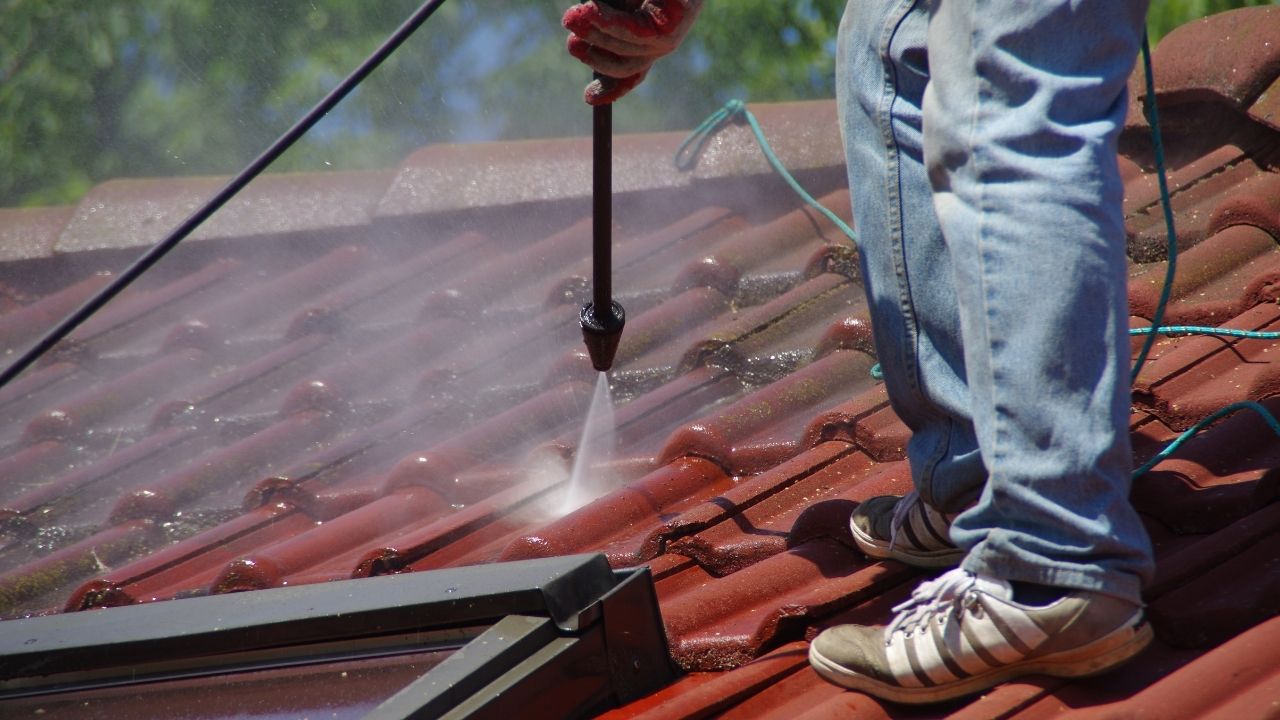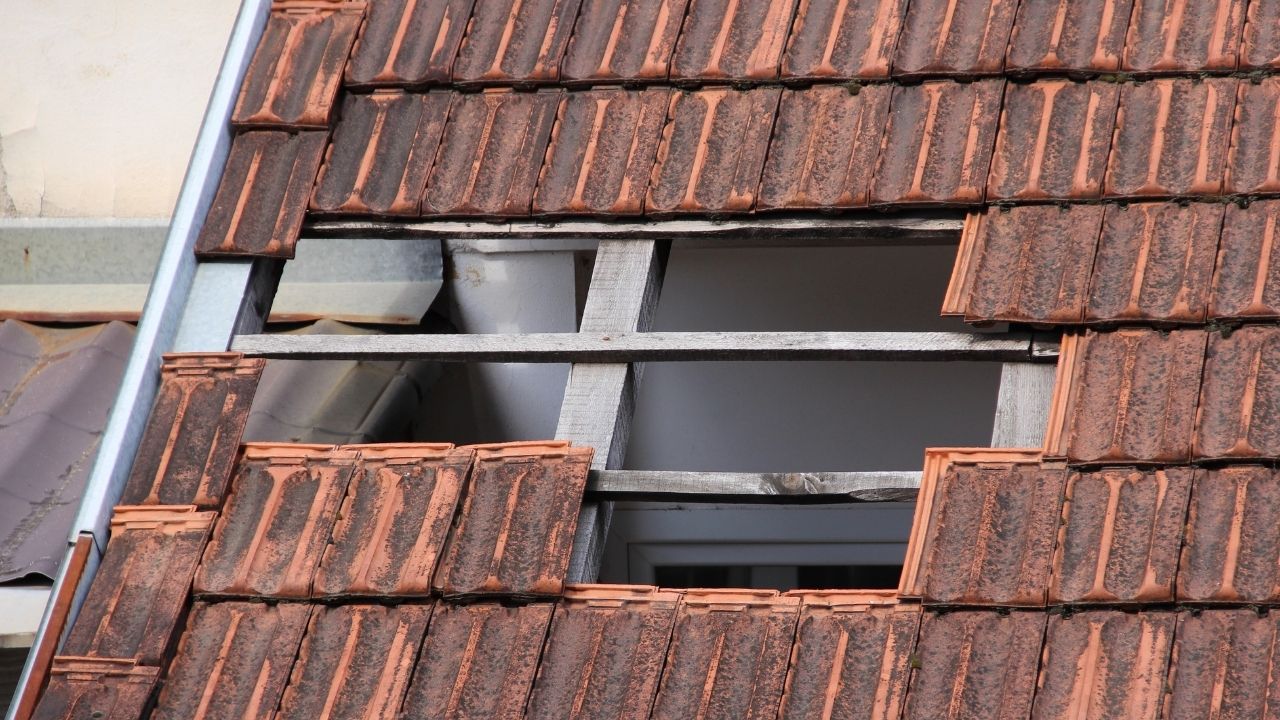
NRCA ES-1 Contractor's Edge System Program is a fantastic choice for roofing contractors and builders. This program allows them to choose from a variety of edge metal profiles and is free of charge. Customers can also have products made to their specifications. Thunderbird Products provides fast and efficient fabrication of all profile types, as well as affordable shipping at the maximum rate of $1,000 per crate. Thunderbird Products can help you learn more about edge-metal systems.
ES-1, a comprehensive standard for roof edge design, is available. This document provides a numerical analysis to determine the design wind loads. It also includes three test methods to assess how roof edges are holding up. This testing ensures that edge metal products resist wind loads higher than required. You can learn more about this roofing product by contacting a manufacturer, licensed contractor, or asking questions.

IBC 2018 does not adopt the ES-1 design load determination procedure. Instead, it requires that design wind loads be calculated based on ASCE 7-16, the minimum design standards and associated criteria for buildings. The IBC requires these wind loads to be documented in project construction documents. For more information on the ES-1 certification process visit the NRCA site. You'll be able determine if your edge metallic flashing is compliant to the code after reading the ES-1 Article.
You should place edge metal along all the edges of your roof in order to install it. These drip edge metal pieces should be installed under the first row shingles, above the gutter and below the second row of roofshingles. Afterwards, you can install drip edges by following the steps outlined in a guide. In most cases, the metal strips will need installing after the roof is finished. This will ensure that your roof remains in good shape.
Install drip edge steel using 36 gauge or greater. This will prevent rust. This will help prevent rust. The drip edge must be installed in a recessed area on a sloped roof, to keep water from getting into the gutter. It is an important part of your roof. It can enhance the aesthetic appeal of your house depending on your budget and needs.

A drip edge can be described as a special form of drip metal. It channels water away the roof edge. It protects wood from moisture. Most roofing systems can be made from plywood and 1x6 dimensional lumber. The roof's edges can absorb moisture and become brittle. This can be prevented by installing a drip eave. It will also protect the surrounding roof materials from damage. It will prevent erosion and wind-driven debris.
FAQ
How important do you need to be preapproved for a mortgage loan?
Pre-approval is crucial for getting a mortgage. It gives you an idea how much money it will cost. This will help you decide if you are eligible for a loan program.
How long does it take to complete a home renovation?
It all depends on the project's size and how many hours you spend each week. The average homeowner works on the project for three to six hour a week.
Can you live in your house while it's being renovated?
Yes, I can live in a house while renovating it
Is it possible to live in a house with renovations going on? The answer depends on how long the construction work takes. If the renovation takes less time than two months, then no, you can still live in your home during construction. You can't live there if your renovation project takes more than two months.
The reason why you should not live in your home when there is a major construction project going on is because you might get hurt or even killed due to falling objects from the building site. A lot of heavy machinery is used at the jobsite, which can lead to noise pollution and dust.
This is especially true if you live in a multi-story house. In such cases, vibrations and noises from construction workers may cause irreparable damage to your property.
As we mentioned, temporary housing will be necessary while your home is being renovated. This means you won’t have the same amenities as your own home.
While your dryer and washing machine are being repaired, you won't be able use them. In addition to the unpleasant smells of chemicals and paint fumes, you will have to endure the noises made by workers.
All these factors can lead to stress and anxiety among you and your family members. Therefore, it is important to plan ahead in order not to feel overwhelmed by the situation.
Research is key when you are considering renovating your home. It will save you money and help you avoid costly mistakes.
Also, it is a good idea to get professional help from a reputable contractor in order for everything to go smoothly.
How do I renovate my house with zero money?
These are the steps to follow when renovating your house without spending a lot of money.
-
You should create a budget plan
-
Find out which materials you require
-
Decide where you want to put them
-
Make a list of things you need to buy
-
How much money do you have?
-
Plan your renovation project
-
Start working on your plans
-
Do some research online
-
Ask friends and family to help
-
Get creative!
What is the cost to renovate a house?
The type of material, the project size and the complexity of renovations will all impact the cost. Wood, for example, requires additional tools such as saws and drills. Steel, however is not so dependent. The price of renovations depends on whether you hire a contractor to do the job or if you are willing to do the work yourself.
The average cost for home improvements projects is $1,000 to $10,000. The average cost of home improvement projects would be between $5,000 and $25,000. On the other hand, if you decide to do the entire task yourself then the total cost could reach up to $100,000.
There are many factors that influence the final cost of renovations. They include the type of material used (e.g. They include the type of material used (e.g., brick vs. concrete), the size and number of workers involved, as well as the length of each project. When estimating the total cost for renovation, it is important to keep these factors in your mind.
Are permits necessary to renovate my property?
Yes, you will need permits before starting any home improvement project. In most cases, you will need both a plumbing and building permit. A zoning permit is also required depending on the type and extent of work you are performing.
Statistics
- ‘The potential added value of a loft conversion, which could create an extra bedroom and ensuite, could be as much as 20 per cent and 15 per cent for a garage conversion.' (realhomes.com)
- Design-builders may ask for a down payment of up to 25% or 33% of the job cost, says the NARI. (kiplinger.com)
- It is advisable, however, to have a contingency of 10–20 per cent to allow for the unexpected expenses that can arise when renovating older homes. (realhomes.com)
- They'll usually lend up to 90% of your home's "as-completed" value, but no more than $424,100 in most locales or $636,150 in high-cost areas. (kiplinger.com)
- On jumbo loans of more than $636,150, you'll be able to borrow up to 80% of the home's completed value. (kiplinger.com)
External Links
How To
How to Renovate an Old House?
Let's start by deciding what type of renovations you would like to undertake. This could range from simple updates to your kitchen appliances, to completely changing the look of the entire house.
Once you have decided what type of renovations you want to undertake, the next step is to determine how much money it will cost. You might find that you don't actually have enough funds to cover the full cost of the entire project. This could mean that you have to make tough decisions about which parts of your house you can afford and which you cannot.
If you decide that you're going to go ahead and carry out renovations, then there are several things that you need to consider before starting work. You must ensure you have all the permits needed for the job. You should also check whether you require planning permission for certain types of work. To add extensions to your home or make other changes, you might need building consent.
Before you begin to renovate your house, make sure to check with the local authority to confirm that they do not require additional permits. Also, check whether you need planning permission for each part of the house that you intend to renovate. If you plan to do major renovations, such as replacing a roof, it is advisable to consult your insurance provider to ensure that you have sufficient coverage.
The next step after obtaining all necessary permits is to pick the right materials and tools for the job. There are many options, so take the time to thoroughly research them. Paint, wallpaper paste, carpets and tiles are some of the most commonly used items in renovations.
Be sure to consider the product's quality when choosing these products. Low quality products are more likely to be thrown away after a while, while high-quality products last for a longer time and offer better value. When buying anything, it's important that you buy the right amount for the job. It's important to not buy too much. You could waste valuable resources and end up with a lot of wasted material. Instead, try to purchase exactly what you need.
Once you've decided on the materials you want to use, you must plan where you'll keep them while you are working on the property. If you're renovating a large area of the house, then you might need to rent storage space in order to keep all your supplies safe until you're ready to put them back inside the house. Alternatively, you could ask family members or friends to help you move all the items around.